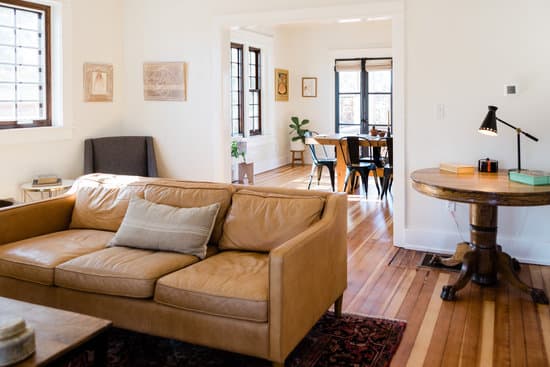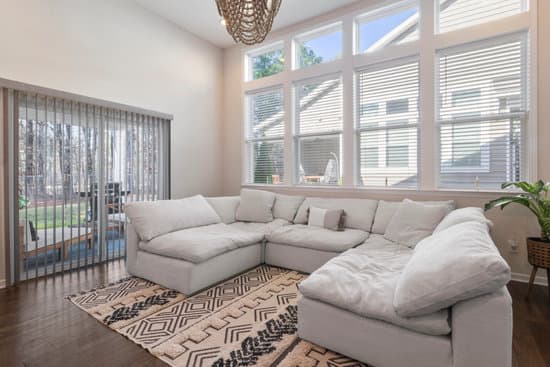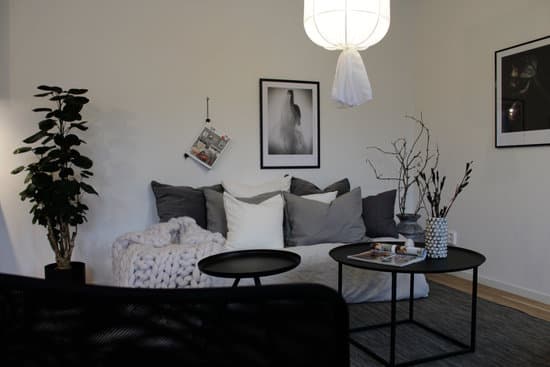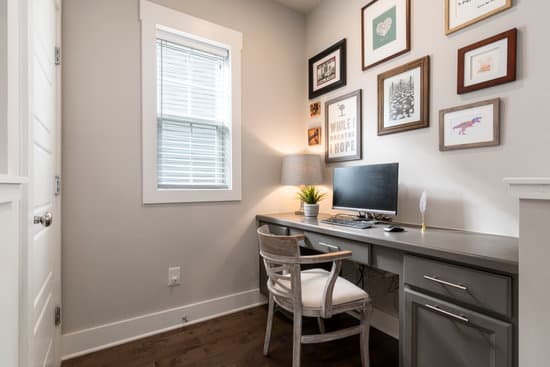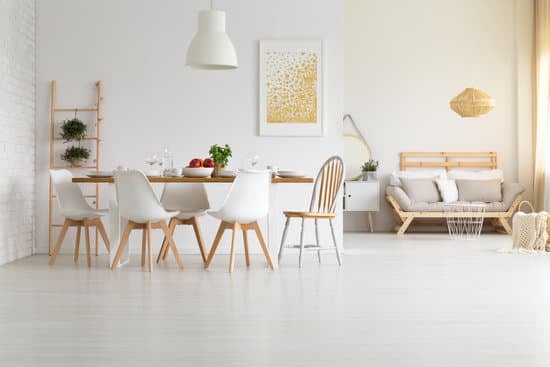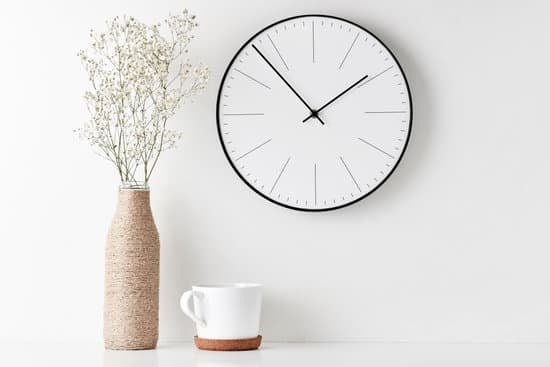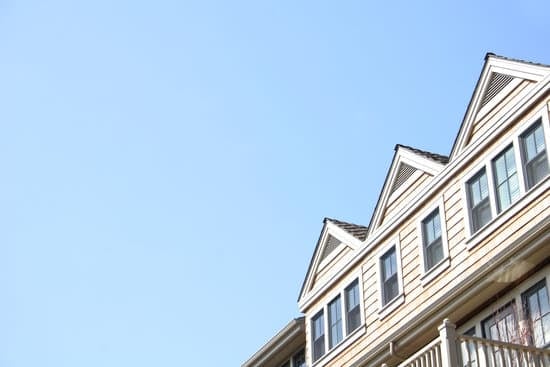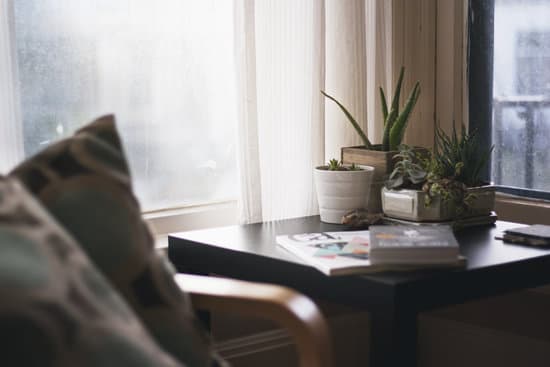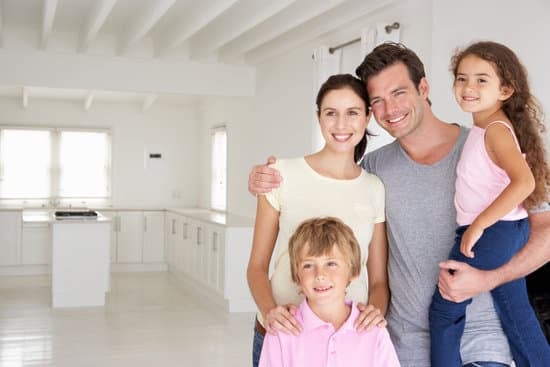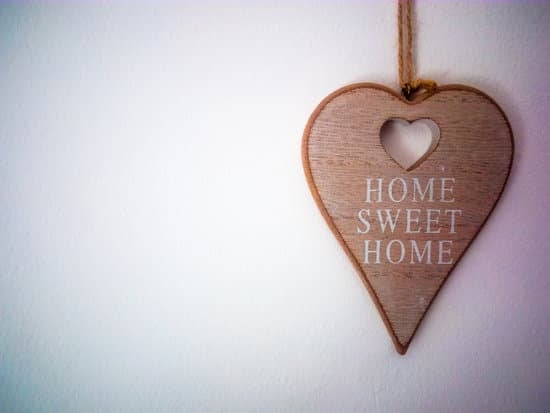Process layout
Process layout is a type of layout arrangement that groups resources according to the same processes or tasks. This layout is suitable for businesses whose production process involves a variety of products that require different processes. The equipment used in this type of layout is general purpose machines capable of performing a range of tasks. The layout design allows for flexibility in production schedules, and workstations can be adjusted to accommodate varying production demands. Advantages of Process Layout:- Flexibility in production schedules
- Allows for customization of products or services
- Can handle a variety of product lines and processes
- Complex planning and management required to balance resources
- Increased transportation and handling time between workstations
- Requires skilled labor and management to adjust workstations accordingly
Product layout
Product Layout is a type of layout design that is suitable for mass production of a single product. The layout arranges resources in a linear fashion, with each workstation performing a specific task in the production process. The equipment used in product layout is specialized and designed for efficiency in that task. The design of the layout allows for high production rates and reduced handling time between workstations. Advantages of Product Layout:- High rate of production
- Low handling time between workstations
- Reduces cost of production
- Lack of flexibility in the production schedule
- Inability to handle product variety or customization
- Equipment must be highly specialized and cannot be used for other tasks
Combination layout
Combination Layout is a type of layout design that combines both process and product layouts. The combination allows for flexibility in the production process while maintaining high production rates. The design of the layout arranges resources in a way that allows for efficient workflow and customizable production lines. The equipment used in this type of layout is a combination of general-purpose machines and specialized machines. Advantages of Combination Layout:- Flexible production schedule
- Can handle a variety of products and processes
- Lower cost of production compared to product layout
- Complex planning and management required to balance resources
- Increased handling time between workstations compared to product layout
- Equipment must be highly specialized and cannot be used for other tasks
Fixed layout
Fixed Layout is a type of layout design used for creating large-scale or complex products, such as aircraft, ships, or buildings. The design of the layout arranges resources based on the product’s specifications, and workstations are built around the product. This type of layout requires significant planning and coordination and is often used for projects with a high level of customization. Advantages of Fixed Layout:- Allows for high customization of products
- Efficient use of space
- Reduces handling time between workstations
- Requires significant planning and coordination
- Costly due to specialized equipment and labor
- Difficult to adjust production schedules and processes
Group technology layout
Group Technology Layout is a type of layout design that groups resources and workstations based on similar products. This type of layout is suitable for businesses with a high volume of similar products. The design of the layout allows for efficient production processes, and workstations are arranged based on product similarities. Advantages of Group Technology Layout:- Efficient production processes
- Reduces handling time between workstations
- Can handle a high volume of similar products
- Difficulty in handling product variety or customization
- Requires significant planning and coordination to group products
- Equipment must be highly specialized and cannot be used for other tasks
Understanding the differences between layouts
The differences between layout designs lie in the way resources and workstations are arranged in the production process. The layout design chosen by a business will depend on the type of product or service they offer, the volume of production, and the flexibility required in the production schedule. Some layouts are more specialized and suitable for specific types of production processes, while others are more flexible, allowing for customization and changes in the production schedule.Choosing the right layout for your business
Choosing the right layout for your business will depend on a variety of factors. Consider the following when choosing a layout design:- The type of product or service you offer
- The volume of production
- The degree of customization required
- The flexibility required in the production schedule
- The cost of equipment and labor





